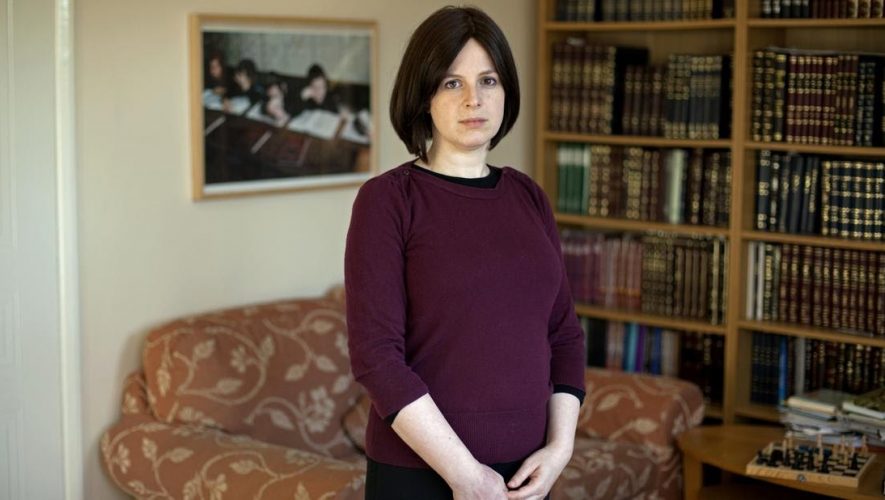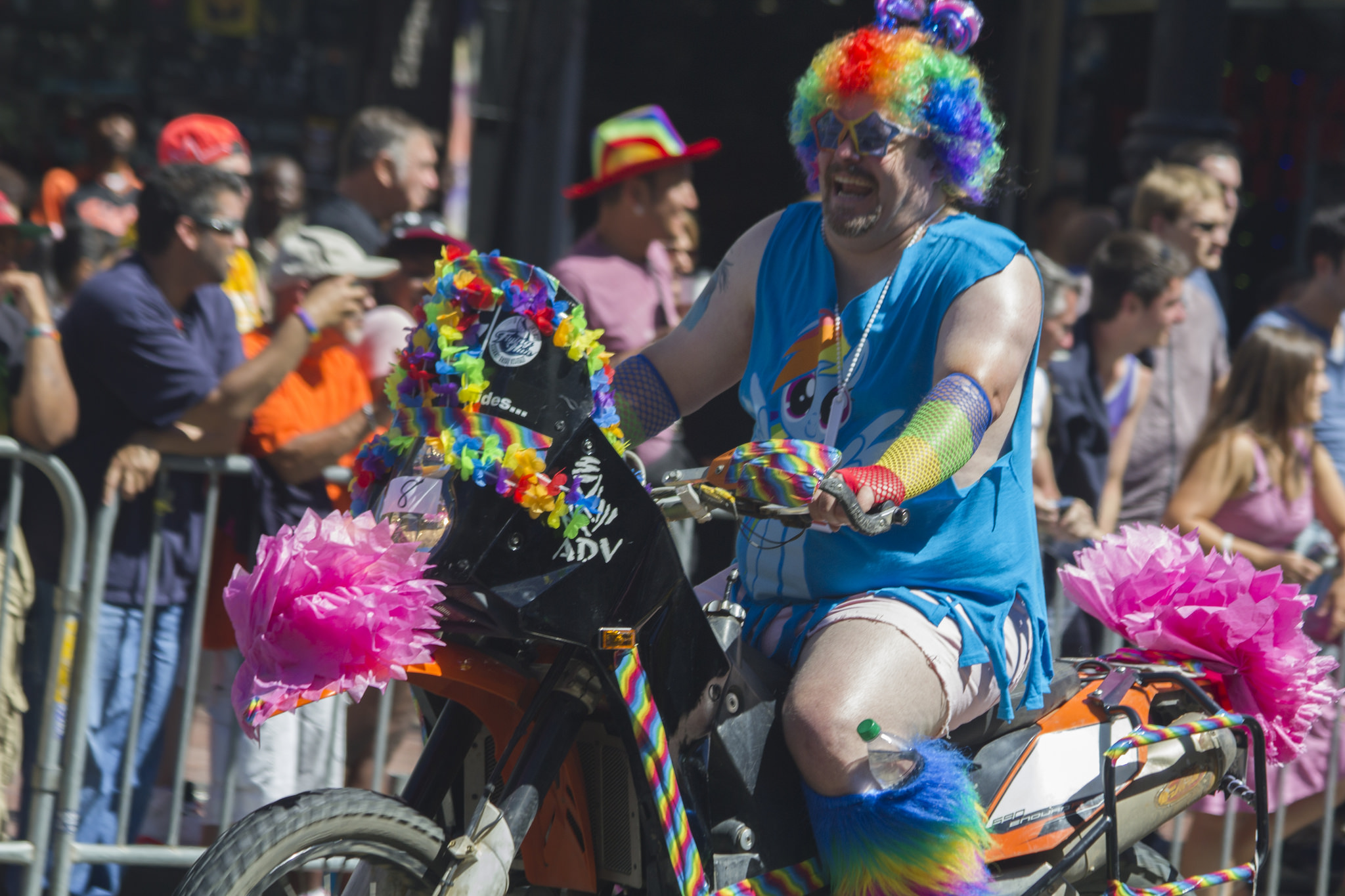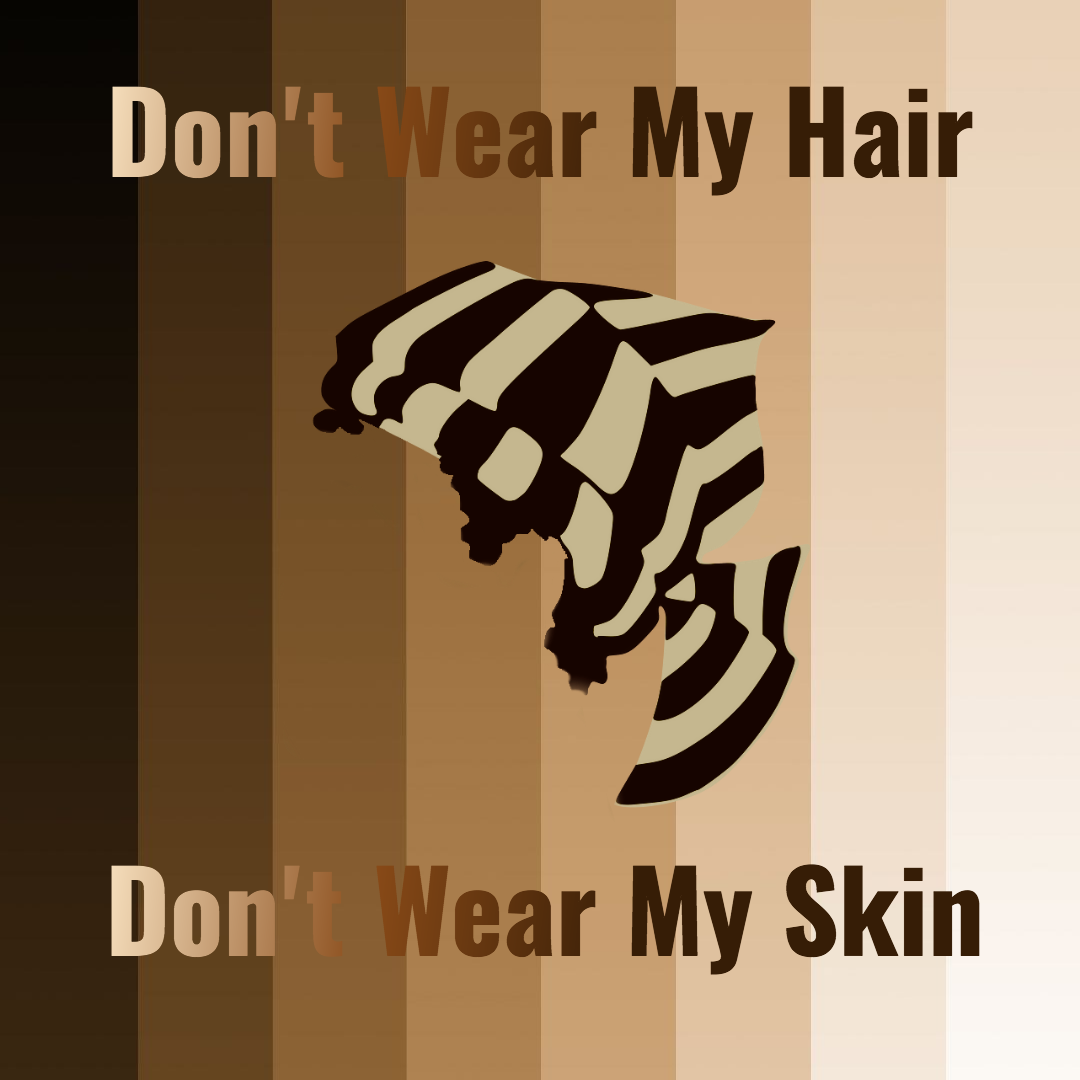Every morning while reading the Torah, traditional Jewish men thank God, “who has not made [them] a woman,” as part of their daily prayers. This phrase is representative of the quintessential misogyny that lies at the core of extreme Judaism.
The United States is a hodgepodge of different ethnicities and religions, and their coexistence has not been without strife. The social hierarchy has always existed. While Judaism has remained on the lower rungs of the social ladder, ultra-Orthodox Judaism is a lesser-known and even more oppressed subgroup overshadowed by its parent religion.
The Reality of Ultra-Orthodoxy
All Jewish denominations have roots in patriarchal traditions based on the Jewish laws of Zeni’ut, which dictate the rules of modesty and interactions between genders. These laws restrict unmarried men and women from spending time alone together. The rules prohibit the community from attending university, using the internet, taking birth control, or studying mainstream philosophy. Some Orthodox synagogues separate men and women for prayer, with women commonly consigned to a separate gallery. The laws also dictate that women dress modestly by covering their arms and legs, avoiding makeup, and, if married, wearing a sheitel (wig) or a scarf that covers their hair. A lack of sexual education—including training in consent and sexual relationships—leads to disproportionate sexual abuse, coercive control, and domestic violence within marriages.
Orthodox women dwell in a paradoxical reality where they are considered equal in the secular world and inferior in their religious public sphere. However, attempting to move toward a more self-determined life by leaving or exploring beyond ultra-Orthodoxy can lead to alienation from their families, physical violence, and spouses gaining full custody of their children.
Most ultra-Orthodox Jews opt to live in small communities, within robust and isolated neighborhoods, where they can resist modernity and uphold norms reminiscent of an antiquated past. New York is home to most living in the US. According to the Pew Research Center, in 2013, 1.8 percent of the US population (around six million people) was Jewish, yet only about 10 percent (six hundred thousand people) identified as Orthodox Jew. Therefore, these communities are a significant minority compared to the larger population.
Educational, social, and gendered norms reflect the social constructs of modern ultra-Orthodox Jewish communities. Orthodox Jews adhere more strictly to the beliefs and practices of the religion than mainstream Jews; for them, the only norms of religious observance are those immutably fixed in the Torah, Mishna, and Talmud. Ultra-Orthodoxy includes many sects—Hasidic and Non-Hasidic—that center around observing the Sabbath, celebrating religious holidays, and abiding by the expectations of obedience. Arranged to marry as young as the law allows, men and women within Hasidic communities typically take on different roles in the relationship; women remain responsible for household and childcare duties while men devote their lives to studying the Torah.
Although the ultra-Orthodox’s strict adherence to outdated gender roles has translated into contemporary tensions and hostility between the wider society and Orthodox communities, the feminist movement has largely neglected the experiences of Orthodox Jewish women. Much of this oversight results from their position in the intersection of multiple marginalized identities, which yields a unique, and thus seemingly insignificant, oppression.
Further Marginalization of Ultra-Orthodox Women
As the feminist movement has progressed, attitudes toward the role of Jewish women, particularly those within ultra-Orthodox communities, have fallen behind. The case of “chained” women demonstrates this relationship; thousands of women within Jewish communities enter forced marriages where their husbands refuse them a religious divorce and prohibit them from remarrying.
Conversely, if a husband decides to divorce his wife, he can easily do so. The Jewish law, Halakha, allows for divorce, but the final ceremony requires the husband to hand the divorce document to his wife and her agent. The Talmud does not mention women as possible initiators of the process, and traditional rabbis mandate that divorce only happens with the husband’s full consent. This process starkly contrasts the feminist movement, where there is recognition of a woman’s right to initiate divorce and support for those who do. In this respect, and others, the movement has largely overlooked, misunderstood, and regarded Jewish women’s oppression as a separate issue, excluding them from the feminist movement.
Another example of the exclusion of Jewish women was evident during the 2017 Women’s March days after President Donald Trump’s inauguration; millions of women and their allies marched around the country demonstrating their opposition to Trump’s ideas about gender and lack of support for women’s rights. One of the organizations involved in the march, Women’s March Inc., faced several allegations that its leaders were anti-Semitic. These allegations raised questions about the role Jewish women play within the broader feminist movement, further muddling possibilities of uniting the diverse group of American women under a single movement. We must recognize the intersecting identities of Jewish women and the way social justice and human rights impact them. Only then can the intersectional women’s movement truly succeed.
bell hooks reflects on this conflict in her book, Feminist Theory: From Margin to Center. Her argument depicts social classifications and offers an intersectional approach to femininity by showing how social identities overlap and create a compound of discriminatory experiences. She explains that American Black women exist on the “margins” and “outside of the main body” of society. The feminist movement excludes these women, concealed from mainstream culture, who face compounding experiences of discrimination, yet have much to offer feminist theory and the struggle.
Jewish women within ultra-Orthodox communities hold a particular standing in American society—outside the Christian and patriarchal norm—demonstrating why we ought to consider class, religion, and race alongside gender. But we must also remember that anti-Semitism and racism are not equal. Judaism is a religion, nationality, and culture. However, it is not an ethnicity.
Although Judaism arose out of a single ethnicity in the Middle East, there are conversions to and from the religion. Therefore, some ethnically Jewish people (as part of the original group) are no longer part of Judaism, while others identifying with other ethnic groups have converted, and some ethnic Jews still identify with the faith. Additionally, race is commonly associated with belonging to or coming from a nation; Judaism is not, geographically speaking, a nation. People can freely convert to Judaism and, once converted, are regarded equal to those born Jewish. This fluidity does not apply to race.
Jews experience marginalization distinctively because they do not fit into the category of “racism.” Institutionalized racism is entrenched within the capitalist, legal, educational, and healthcare systems; however, we must not ignore anti-Semitism and the marginalization of women on the basis that Jews are “less oppressed” than other groups. Jewish women do not belong to a particular ethnicity or race, which further contributes to their “othering,” exploitation, and submission under the oppressive gender dynamics present within Orthodox communities.
While hooks proposed a more holistic perspective of the oppression experienced by Black women, few scholars advocate for understanding the subjugation of Jewish women. The feminist movement has only focused on increasing the privilege of a select group of functionally secular White women while excluding minority women’s diverse and unequal experiences. Feminists must re-evaluate the dialogue from an intersectional perspective.
Scholars have pointed to the specific conflict between Judaism and feminism: men and women do not serve as equal under Jewish laws, while they are under secular rules. Orthodox Jewish leaders argue that the biological difference between men and women explains the existing norms; men have a greater burden of religious duty to approach God because they are on a lower and less intuitive spiritual plane than women.
Some communities have also taken measures to minimize gender inequalities and subvert sexist rituals and practices, such as adopting bat-mitzvah ceremonies for women and girls. However, there is little systematic data to prove that Orthodox Jews have adopted Western views on gender egalitarianism. Women within these communities thus tend to abstain from identifying as feminists and don’t challenge gender inequalities within Orthodoxy.
To this day, ultra-Orthodox women remain the dependent objects of male rulings, and the strict laws enforced by the community make it unlikely that Orthodoxy will experience systemic changes. Such changes would entail a reconfiguration of divinely ordained gender roles within Orthodox homes and families that deviates from the spirit of biblical and rabbinic traditions. That said, the incorporation of Orthodox Jewish women within feminist theory would provide stability, security, identity, and recognition of their sexual-political climate.
A large amount of literature on feminist theory and philosophy has explored the different ways in which feminism has reshaped traditions. However, the lack of particular attention paid to the experiences of Orthodox Jewish women proves the inadequacy of feminist theory. The way we experience gender oppression differs based on each individual’s race, ethnicity, class, and religion. Similarly, our experiences with ethnic oppression vary across the same lines.
We must recognize the position of Jewish women as an oppressed group to adapt our cultural definition of oppression to include anti-Semitism and anti-Jewish sentiments. It is only by recognizing that the fight against anti-Semitism must be intersectional that institutional, material, and ideological changes against the suppression of these women can truly succeed.



